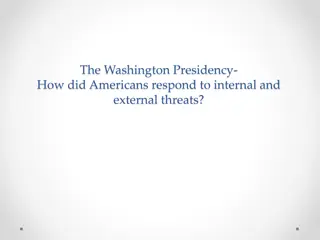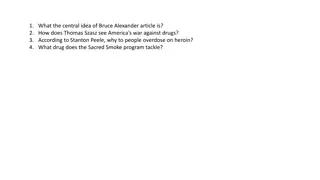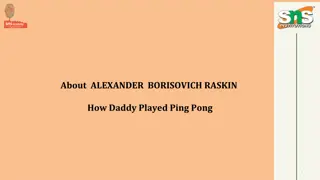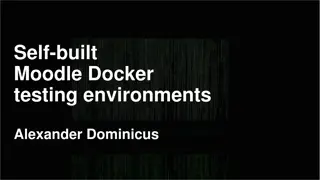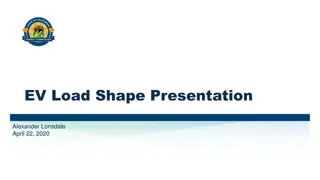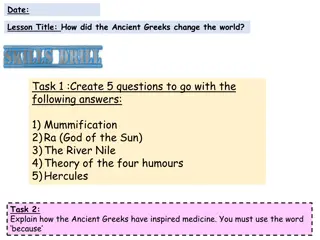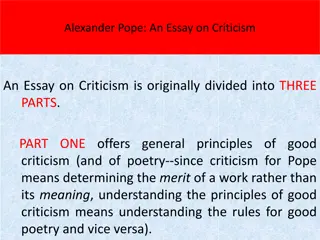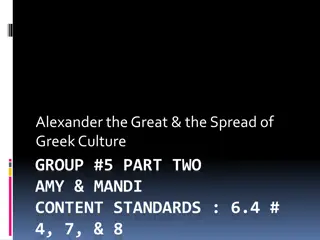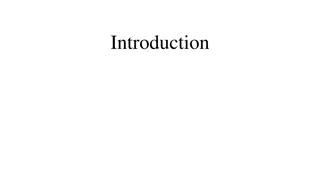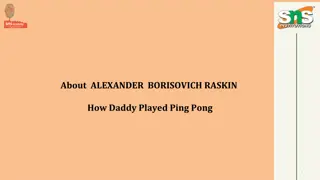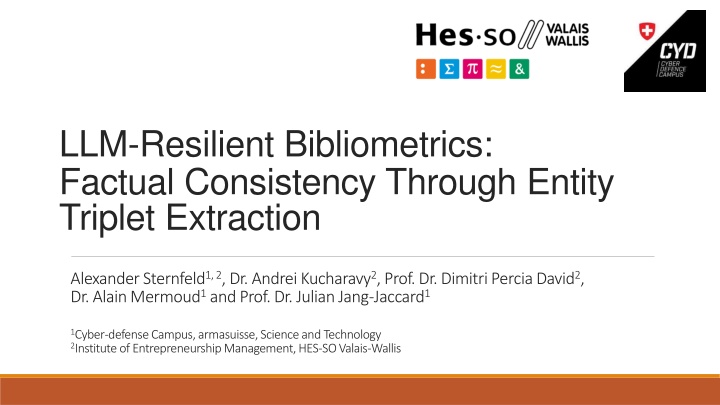
Resilient Bibliometrics: Enhancing Factual Consistency via Entity Triplet Extraction
This study explores the realm of bibliometrics with a focus on enhancing factual consistency through entity triplet extraction. The research delves into the risks associated with bibliometric analysis, the challenges of detecting LLM-generated content, and the methodology employed in extracting entity triplets from scientific papers. The findings shed light on the importance of ensuring accuracy in bibliometric studies and the potential impact of maliciously generated papers.
Download Presentation

Please find below an Image/Link to download the presentation.
The content on the website is provided AS IS for your information and personal use only. It may not be sold, licensed, or shared on other websites without obtaining consent from the author. If you encounter any issues during the download, it is possible that the publisher has removed the file from their server.
You are allowed to download the files provided on this website for personal or commercial use, subject to the condition that they are used lawfully. All files are the property of their respective owners.
The content on the website is provided AS IS for your information and personal use only. It may not be sold, licensed, or shared on other websites without obtaining consent from the author.
E N D
Presentation Transcript
LLM-Resilient Bibliometrics: Factual Consistency Through Entity Triplet Extraction Alexander Sternfeld1, 2, Dr. Andrei Kucharavy2, Prof. Dr. Dimitri Percia David2, Dr. Alain Mermoud1 and Prof. Dr. Julian Jang-Jaccard1 1Cyber-defense Campus, armasuisse, Science and Technology 2Institute of Entrepreneurship Management, HES-SO Valais-Wallis
Today 1. Why look into LLM-generated articles? 2. Methodology 3. Results 4. Future steps
Detection of LLM-generated content Detection of LLM-generated content has been an increasingly important research topic oGrover could detect its own output However, recent work indicates that in a general setting, it is impossible to detect LLM-generated content (Henrique et al., 2023) o Detectors that seem effective can generally be evaded by a minimally competent attacker
The risks for bibliometric analysis Bibliometrics often use large corpuses of papers scraped from the internet Polluted data will throw off the findings Potential for malicious agents to purposefully generate papers with specifically chosen keywords
Methodology Infactual Human- written LLM- Factual generated
Entity triplets Goal: represent each scientific paper as a set of semantic entity triplets Example triplets: - (application, improve, poverty prediction) - (attack, threaten, infrastructure) - (application, require, ability) - (load balancing, yield, inference acceleration) - (large language model, exhibit, performance)
Methodology - 2 Claim extraction: oUse ClaimDistiller (Wei et al., 2023) to classify which sentences are claims oMakes subsequent triplet extraction easier Triplet extraction: oWe use Textacy, which is built on Spacy Filtering: oFilter both on the Gutenberg book corpus and on 1000 arXiv papers from different categories
Results triplet extraction On average approximately 25 triplets per paper
Factual consistency As a first step towards factual consistency, we consider predicate comparisons Classify pairs of predicates as synonyms, hyponyms, hypernyms or antonyms
Future steps Main challenge: the triplet extraction pipeline needs to be refined to extract more domain-specific subjects and objects (e.g. lab and model are not sufficiently informative) Potential directions: oApply parameter-efficient fine-tuning (PEFT) on transformers for triplet extraction o Choose a graph perspective when using the current triplets
Thank you for your attention I would be happy to answer any questions
References C. Chen, K. Shu, Can llm-generated misinformation be detected?, 2023. http://dx.doi.org/10.2196/46924 D. S. G. Henrique, A. Kucharavy, R. Guerraoui, Stochas- tic parrots looking for stochastic parrots: LLMs are easy to fine-tune and hard to detect with other LLMs, 2023. http://arxiv.org/abs/2304.08968 X. Wei, M. R. U. Hoque, J. Wu, J. Li, Claimdistiller: Scientific claim extraction with supervised contrastive learning, in: C. Zhang, Y. Zhang, P. Mayr, W. Lu, A. Suominen, H. Chen, Y. Ding (Eds.), Proceedings of Joint Workshop of the 4th Extraction and Evaluation of Knowledge Entities from Scientific Documents (EEKE2023) and the 3rd AI + Informetrics (AII2023) co- located with the JCDL 2023, Santa Fe, New Mexico, USA and Online, 26 June, 2023, volume 3451 of CEUR Workshop Proceedings, CEUR-WS.org, 2023, pp. 65 77. URL: https://ceur-ws.org/Vol-3451/paper11.pdf
Results clustering To compare triplets for factual consistency, we cluster them based on the subjects Larger clusters tend to be more domain- agnostic

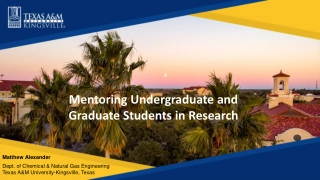
![[PDF] DOWNLOAD Spell of the Highlander: The Highlander Series, Book 7](/thumb/42282/pdf-download-spell-of-the-highlander-the-highlander-series-book-7.jpg)
